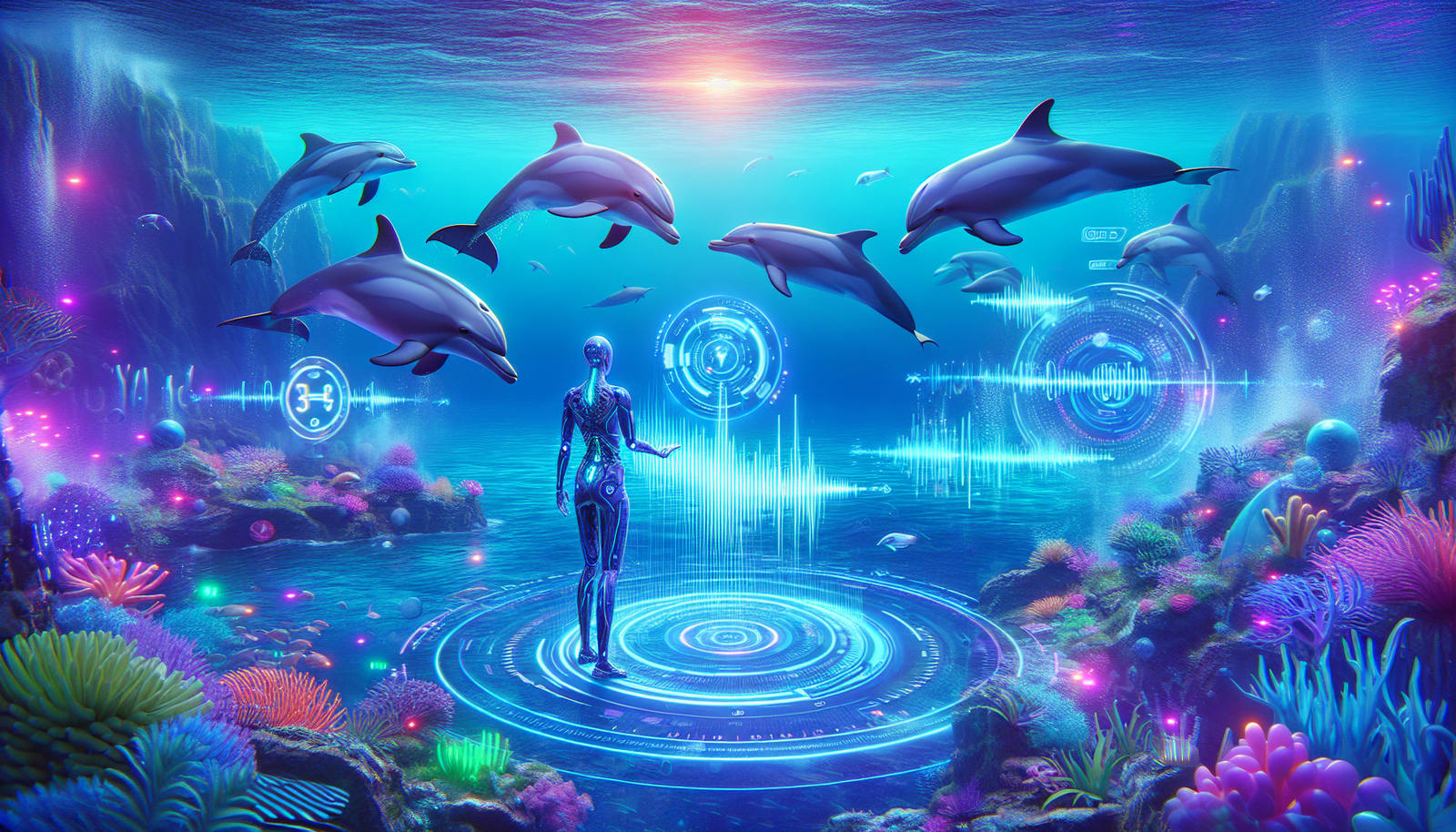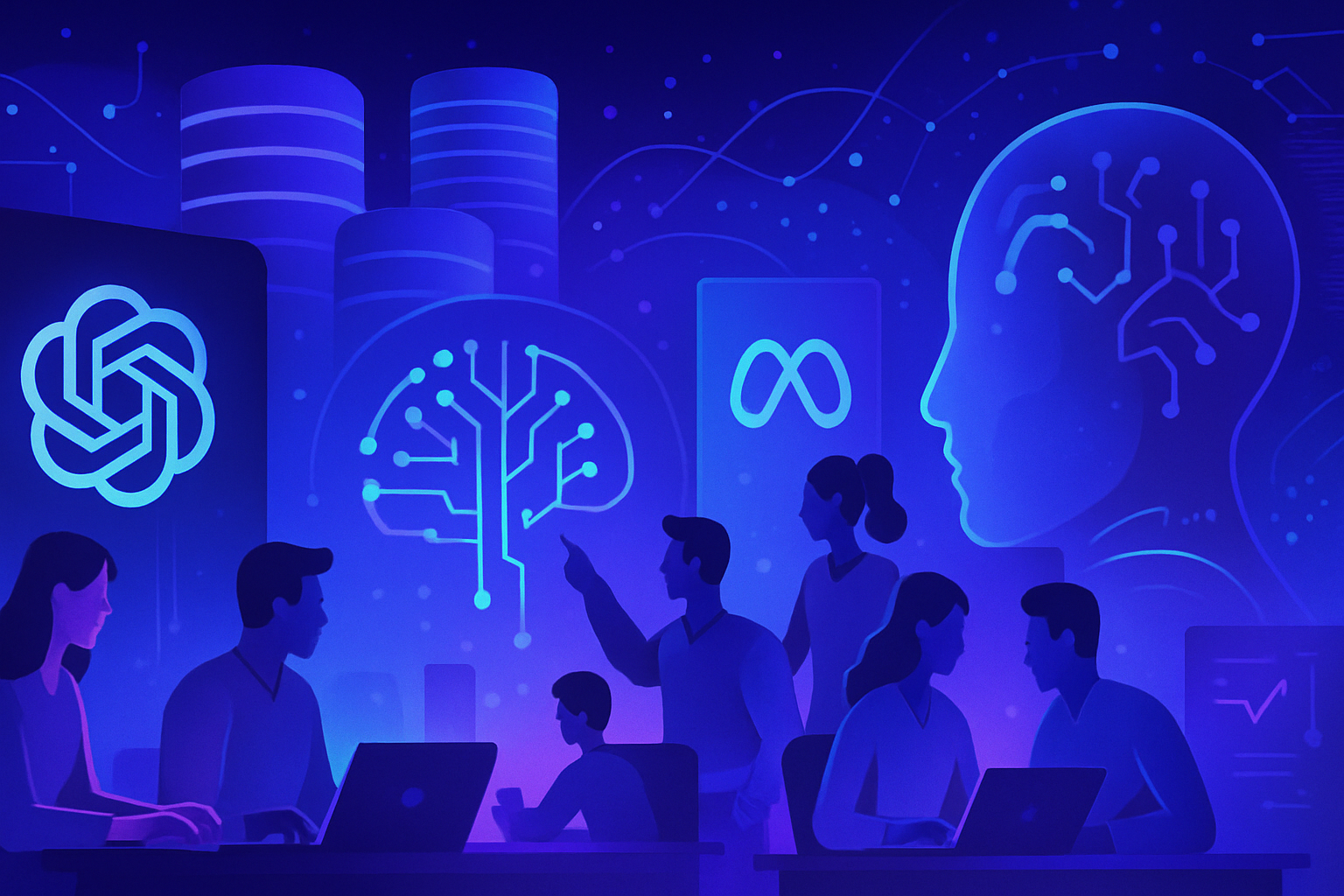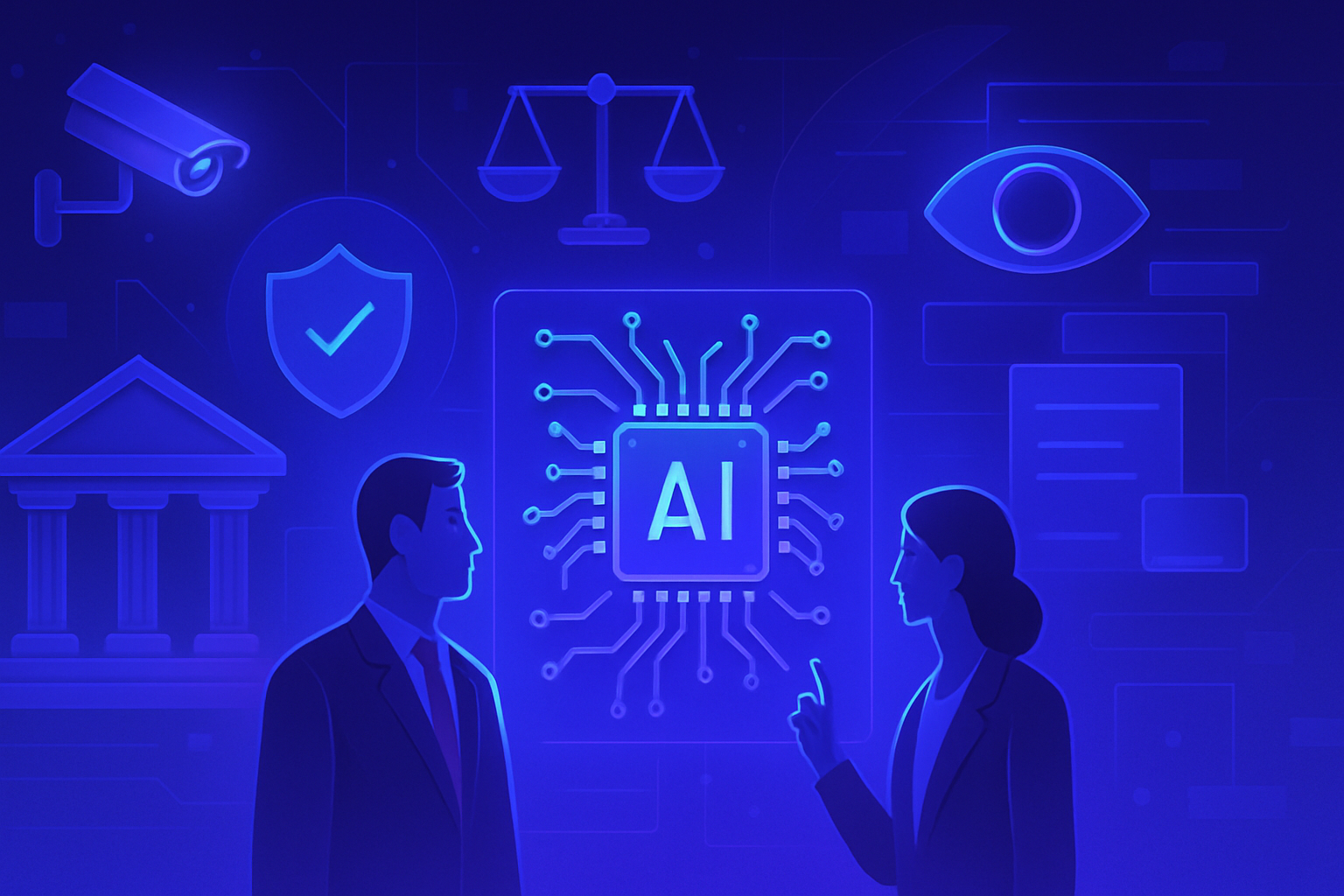Humans aspire to uncover the mysteries of aquatic creatures, particularly dolphins, often perceived as beings endowed with remarkable intelligence. DolphinGemma, Google’s innovation, opens new avenues. This artificial intelligence model revolutionizes the interpretation of the vocalizations emitted by these cetaceans, paving the way for unprecedented understanding. The possibility of interspecies communication, once considered a dream, becomes a tangible reality thanks to scientific advancements. The model deciphers complex sound sequences. Through meticulous analysis of the sounds, DolphinGemma aims to identify linguistic structures inherent in dolphin sounds. This project marks a turning point in marine research.
The fascinating world of dolphins, filled with clicks, whistles, and pulses, has captivated scientists for decades. Understanding these complex cries remains a significant challenge, and Google’s recent innovation, called DolphinGemma, promises to open new perspectives on this aquatic communication.
Innovative Collaboration between Google and WDP
Google, in partnership with engineers from the Georgia Institute of Technology and the Wild Dolphin Project (WDP), has developed DolphinGemma. This artificial intelligence model was unveiled during the celebration of the National Dolphin Day. Its design aims to analyze and interpret the vocalizations of these cetaceans. DolphinGemma represents a significant advancement towards understanding marine languages.
The Role of the Wild Dolphin Project
Since its establishment in 1985, the WDP has conducted extensive research on dolphins, focusing on studying particular whistles, pulse sounds, and various clicks. These sounds are used in various social interactions, including reunions between mothers and their calves. The sounds cataloged provide a crucial dataset for training AI models like DolphinGemma.
DolphinGemma: A Revolutionary Tool for Cetacean Study
DolphinGemma stands out for its ability to learn and generate audio sequences similar to those of dolphins. Using SoundStream tokenization technology, it effectively analyzes complex sounds, enabling rapid and refined data processing. This audio-in, audio-out system predicts the next sounds in a sequence, mimicking the functioning of human linguistic models.
Technical Features of DolphinGemma
With approximately 400 million parameters, DolphinGemma is designed to operate optimally, even on Google Pixel smartphones. This specificity is particularly beneficial, as it allows the WDP to collect field data with lightweight equipment while maintaining high audio fidelity.
Communicative Innovations: The CHAT System
Alongside DolphinGemma, a project called CHAT (Cetacean Hearing Augmentation Telemetry) explores active interaction with dolphins. This system aims to establish a simplified vocabulary based on synthesized whistles associated with objects that dolphins find attractive. This initiative rests on the idea that dolphins, naturally curious, might imitate these sounds to request objects.
Mobile Technology for Ocean Research
Pixel smartphones play a fundamental role in analyzing sounds and implementing the CHAT system. These devices detect imitations among background noise, identify specific whistles, and alert the researcher via bone conduction headphones. This capability enables a rapid and opportunistic response, facilitating interaction with cetaceans.
Future Implications of DolphinGemma
Google plans to make DolphinGemma available as an open model, which would be a turning point for cetacean research. Although the model is primarily trained on Atlantic spotted dolphins, its structure can be adapted for other species, making this tool adaptable and promising for the entire scientific community.
Frequently Asked Questions about DolphinGemma
What is DolphinGemma?
DolphinGemma is an AI model developed by Google, designed to understand and analyze dolphin vocalizations, aiming to decipher their communication.
How does DolphinGemma help in understanding dolphin language?
It has been trained to recognize the structure of sounds emitted by dolphins and can generate similar audio sequences, thereby identifying potential patterns and meanings.
What type of data is used to train DolphinGemma?
DolphinGemma uses acoustic data from the Wild Dolphin Project, which has researched specific dolphin sounds for several decades.
What specific sounds does DolphinGemma analyze?
The model focuses on signature “whistles,” burst “squawks,” and “buzzes” of clicks, each having its contextual meaning in dolphins’ communication.
How do researchers use the results of DolphinGemma?
Researchers can leverage DolphinGemma’s analyses to detect recurring sound patterns, facilitating the understanding of dolphin communication without requiring intensive manual work.
Can DolphinGemma process information in real time?
Yes, DolphinGemma can operate in real time thanks to the use of Google Pixel smartphones, enabling instant analysis of sounds captured in the marine environment.
Can DolphinGemma be used for other marine species?
Although initially trained on Atlantic spotted dolphins, its architecture is adaptable and could potentially be adjusted for other cetacean species.
What is the significance of the CHAT system in relation to DolphinGemma?
The CHAT system (Cetacean Hearing Augmentation Telemetry) aims to create active interaction with dolphins by establishing an association between synthesized whistles and objects that dolphins like.
What advantages does DolphinGemma offer compared to traditional methods of studying dolphin sounds?
DolphinGemma allows for rapid and precise analysis of sound data, reducing the need for expensive and complex equipment while facilitating the detection of new communication patterns.
When will DolphinGemma be available for other researchers?
Google plans to make DolphinGemma available as an open model in the near future, allowing other researchers to explore its capabilities on their own acoustic data sets.






